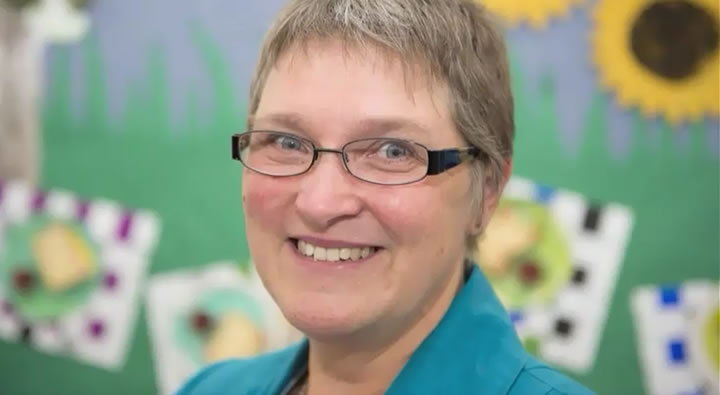In order to safeguard disabled children there is a need for strong links
and coherence, both strategically and operationally, in respect of planning
and resourcing, protocols and procedures.
PW Threlfall Training and Consultancy,
2010
While 'the extent to which pupils feel safe' is no longer a limiting
judgement in the 2012 Ofsted Inspection Framework, safeguarding is still
a significant issue. For an overview of Ofsted's safeguarding report on
best practice (2011), read these summary notes.
Leaders at all levels need to continuously develop and challenge their understanding of safeguarding, privacy and dignity issues in personal care so they can articulate and lead best practice.
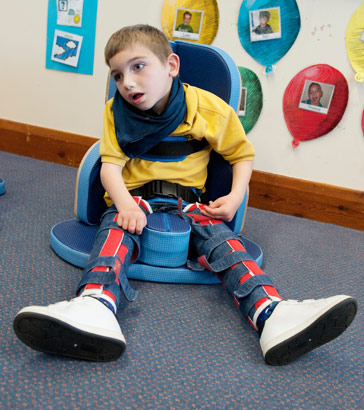
For many pupils with SLD/PMLD/CLD the way that they receive support in their
personal/medical care has a profound
and overarching impact on their quality of life. Moreover, some of these
children will require ongoing support in these areas throughout their lifetime.
It is therefore essential that all adults involved understand their personal
responsibility for creating and maintaining privacy, dignity and respect
within the provision of care and support in any educational context. This
can and should be articulated as part of the moral purpose of
the school.

To achieve this understanding of responsibility at an institutional level, the following principles should be articulated within a whole school ethos:
- The child or young person should be encouraged towards independence through direct teaching of skills and active involvement in all personal care. Personal/medical care must be regarded as integral to and not separate from the learning experience for these pupils.
- Continuous discussion with parents/carers and ongoing input from a range of professionals with complementary expertise lead to the optimum arrangements for personal/medical care in school.
- Schools should have a clear policy framework for personal/medical care which safeguards both pupils and caregivers.
- School leaders should provide ongoing staff training and monitoring of the implementation of policy within an 'open' culture where staff feel confident to contribute to and appropriately challenge policy and its implementation.
In this audio clip a headteacher discusses the place of school policies.
This document lists some further principles as the basis for a discussion
about school ethos.
See also the module
Working with other professionals.
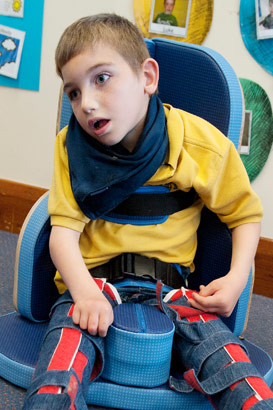
The Department for Education maintains a list of statutory
school policies.
However, schools for pupils with complex health needs will need a number of additional policies depending on their school population. Some of them are represented in this module.
School policies in relation to safeguarding and in the context of providing personal care to children and young people with SLD/PMLD/CLDD will be based on national guidance. The policies of maintained schools may be based on an overarching policy provided by their Local Authority for use in all settings. Policies should be developed in close consultation with families and staff.
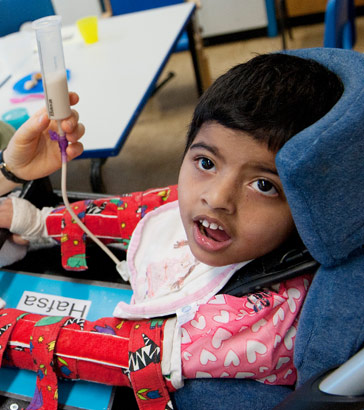
Consider the range of policies which impact on the provision of personal/medical
care for children and young people with SLD/PMLD/CLDD and identify the
core content that needs to be considered in developing
these effectively in the school context.
What do you see as the common core content for one or more of
these policies?
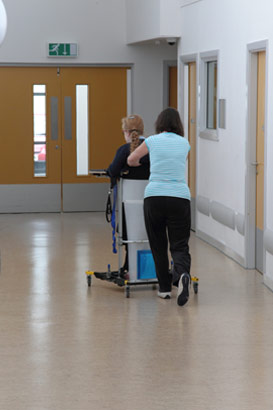
Administration of medicines policy
Moving and handling policy
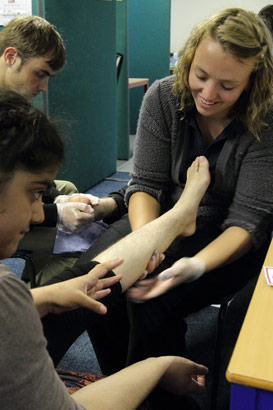


There are current concerns in the field about the quality and availability of specialist support for children and young people with PMLD and their families in the following areas:
- Swallowing difficulties (dysphagia).
- Pain and distress recognition.
- Postural care.
- Poor oral health care.
- Community epilepsy services in primary care.
- Appropriate medication.
- Appropriate person-centred health care support at home for individuals living with medical technology.
- Appropriate use of hospices.
availability of
specialist support (2)
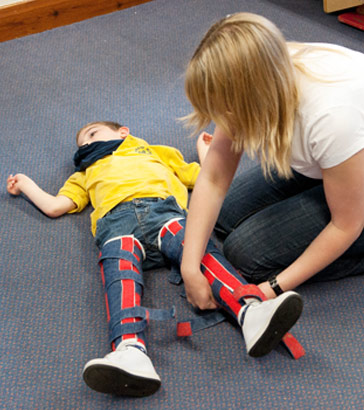
PMLD Network, 2011 'Personal care' and
'moving and handling' were among the specific
areas named in Aiming High for Disabled Children (HM Treasury/DfES,
2007) in which staff across
all services lacked training. The report intimated
that these were barriers for inclusion of children
and young people with disabilities in
mainstream education.

Government policy continues to stress the expectation that schools work
closely with parents and carers, especially when pupils have disabilities.
This is usually a positive and effective relationship but disagreements
can arise and need to be addressed at
school level.
The following documents cover some aspects of this relationship:
needs and aspirations

To further understand the needs and aspirations of pupils with SLD/PMLD/CLD and
their carers in relation to the delivery of personal/medical care in
school, use inquiry-based methodologies to explore the different ways that
staff in your school establish student voice and the impact it has on their
practice.
From the literature around the voice of children and young people with SLD/PMLD/CLDD,
identify additional ways in which the views and opinions of this group can
be sought.
See also: This module, Level C
The module Communication and interaction
The module Communication: augmentative and assistive strategies

Aiming High for Disabled Children: Better support for families
London: HM Treasury/DfES.
London: Ofsted.
A new approach to special educational needs and disability
(Department for Education, 2011).
